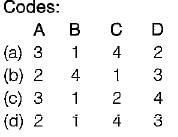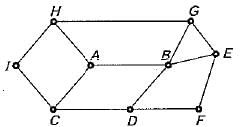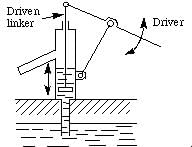Test: Simple Mechanisms - 1 - Mechanical Engineering MCQ
10 Questions MCQ Test - Test: Simple Mechanisms - 1
Which amongst the following is wrong statements pertaining to machine and structure?
Match the List-I (Kinematic pair) with List-ll (Application)
List-I List-ll
A. Sliding pair 1. Ball and roller bearing
B. Turning pair 2. Rectangular rod in a rectangular hole
C. Rolling pair 3. Bail and socket joint
D. Spherical pair 4. Circular shaft revolving inside a bearing

List-I List-ll
A. Sliding pair 1. Ball and roller bearing
B. Turning pair 2. Rectangular rod in a rectangular hole
C. Rolling pair 3. Bail and socket joint
D. Spherical pair 4. Circular shaft revolving inside a bearing

The mechanism used to overcome a large resistance of a member with a small driving force is known as
Which of the following are the inversions of double slider crank mechanism?
1. Oldham coupling
2. Whitworth quick return mechanism
3. Beam engine mechanism
4. Elliptic trammel mechanism
Select the correct answer from the codes given below:
Which of the following is an inversion of doubleslider-crank chain?
In a kinematic pair, when the elements have surface contact while in motion, it is a
Which of the joint(s) in following mechanism represents quaternary joint?

Which of the following is an inversion of single-slider-crank chain?

















